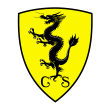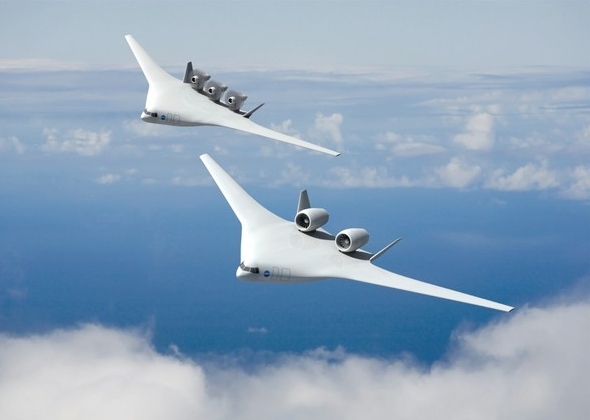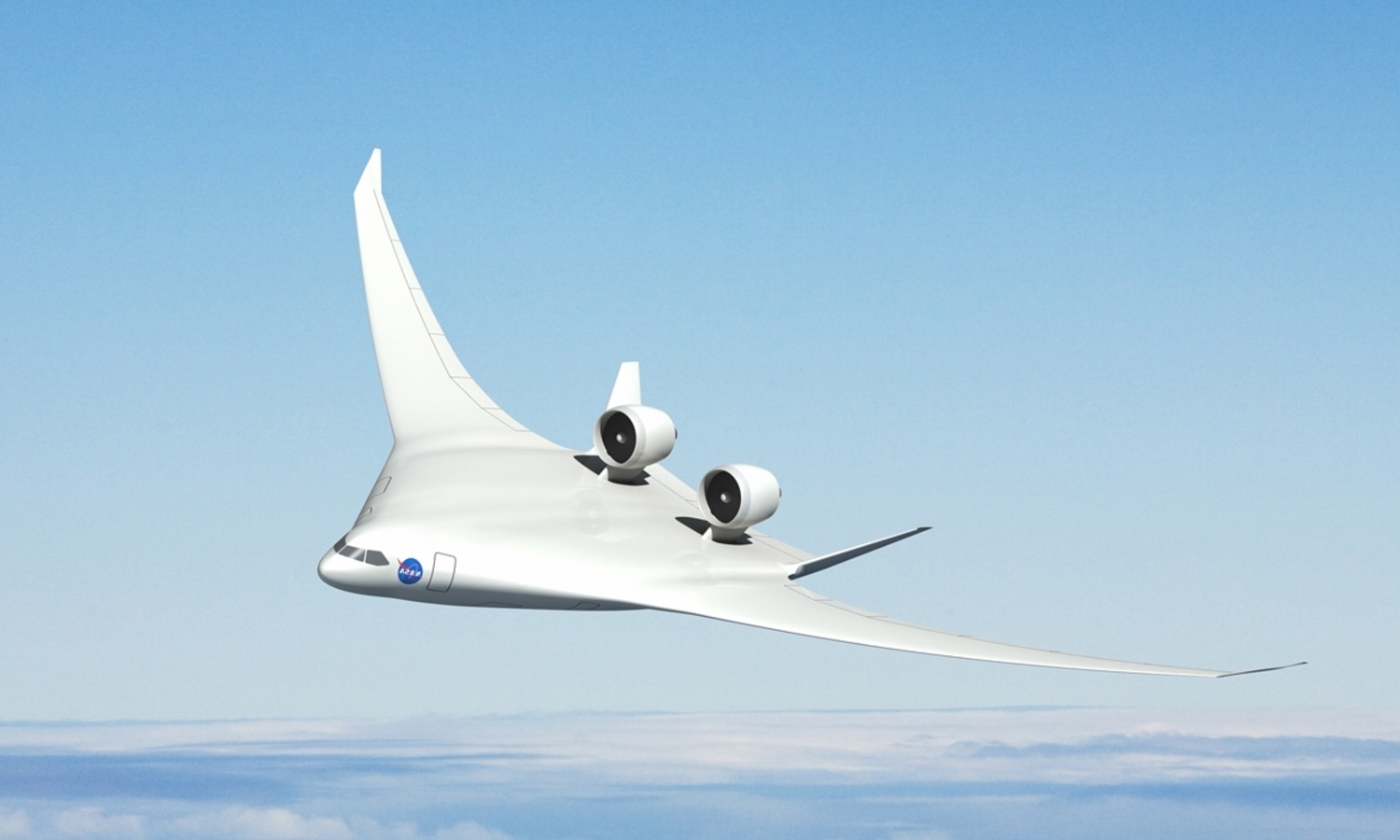
 |
|
|
With our Blended Wing Body aircraft BWB-1/White Eagle we belong with the manufacturers Burnelli, Tupolev, and Boeing, and the space agency NASA to the first worldwide, who are conducting pioneering research and development in this exciting new field of aeronautics. But while Tupolev gave up its TU-404 concept, and Boeing and the NASA gave up the commercialization of the X-48 aircraft around the year 2007 in favor of the development of a military version together with the U.S. Air Force (USAF), we have put the thrust levers to the metal and took off with our further conducted research and develop- ment of a commercial airliner version. In the year 2010 the company Boeing and the NASA were convinced so much by our work that they came back with this model in 2011. But they were not the only ones. While the manufacturer Northrop Grumman used the description and the specification of our BWB-1/White Eagle for the derivation of its flying wing heavy bomber B-2 Spirit to a civil airliner, the manufact- urer Lockheed Martin took the feature of our Turbofanprop™ and Turbopropfan™ engines as the reference point for its latest design that has two ultra-high-bypass geared turbofan engines as well. Said this, we made out of an orphaned concept and an disoriented project a success story once again, and became one of the decisive actors in this important field of aviation who have participated in writing the next paragraph in this chapter of the aviation history.
Very Very Very
Our outstanding features that are setting us apart from the other players are based on our Very Concept that consists of the:
- very high payload, and
- very highly comfortable and very glassy™,
by our Turbofanprop™ and Turbopropfan™ engines (ultra-high- bypass geared turbofans and ducted propfans),
with
- environmental friendly propellants,
- energy recuperation systems, and
- noise reducing systems.
Very Progressive
The very progressive Blended-Wing Body (BWB) aircraft concept results in exterior and interior versions that are very large and very highly comfortable.
Very Large and Very Highly Comfortable
By its design approach, which is based on a Blended Wing Double Bubble Body (BWDBB) concept that uses two standard fuselages, our BWB-1/White Eagle aircraft offers
Exterior
For our BWB-1/White Eagle we followed the transforming approach of a standard airliner fuselage to a BWB design. Furthermore, our exterior versions have the differentiating features of:
Interior
For the very highly comfortable interiors of our White Eagles we have adapted our worldwide unique inventions and solutions that we created for our street legal cars, like:
- glass cockpit, and
- glass cabin™.
Very Glassy™
With our newly designed glass cockpit and its Active Interior™ com- ponents pilots get a before not known workplace that delivers in- formations and control elements for their flying and decision making.
Our glass cabin™ with its fascinating panoramic views of the sky and in all other directions for the passengers easily overcome the critic- isms and problems of acceptance that potential passengers might crop up due to the shape of the BWB-1/White Eagle. The applied basic techniques of the glass cabin™ are the
that are powered by our Hightech Operating System™ (HOS) OntoLinux™, and which we have also adopted many years before for the models of our range of hypersonic air- and aerospacecrafts that have no windows.
Very Highly Efficient
Our BWB-1/White Eagle is a very highly efficient aircraft with extre- mely low specific fuel consumption, which is the result of the follow- ing three essential factors:
- double duct bypass turbofan (additional high-bypass or low-bypass fan duct), and
- turbofan with counter-rotating low-pressure turbines,
and our Turbofanprop™ and Turbopropfan™ engines, which are like the body hybrids as well based on the architectures of the turbofan, geared turbofan, and propfan,
- ultra-high-bypass turbofan (e.g. Advanced Ducted Propeller (ADP)),
- ducted propfan,
- double duct ultra-high-bypass turbofan (additional low-bypass fan duct),
- double ducted propfan (additional low-bypass fan duct),
- triple duct bypass turbofan (ultra-high-, high- and low-bypass fan ducts),
- triple ducted propfan (ultra-high-, high- and low-bypass fan ducts),
- Counter-Rotating Ducted Propfan (CRDP), and
- combinations of these,
with energy recuperation systems, like
- heat exchanger,
- Stroetmann-Compressor™, and
- Sonic Collector™,
If all three factors are taken together, then the fuel consumption of our BWB-1/White Eagle should be reduced by around 60% to 65% in comparison with an aircraft of the same capacity built in 2008. As the fuel consumption reduction is very expressive, so is its reduction of emission as well. Our BWB-1/White Eagle is the cleanest public transportation powered by an engine with an emission of under 35 grams CO2 per passenger kilometer with standard jet fuel and around 10 to 15 grams CO2 with biofuel, if the biofuel is also produced in an environmental friendly way. The only cleaner alternative is a sailing ship. As it can be seen easily now, the name White Eagle was not only choosen due to its colour.
Very Quiet
By applying the most modern noise reducing systems, like the
our aircrafts are nearly quieter than a group of kindergarten children. Said this, our White Eagle could also be called Whispering Eagle.
Images
Specification
Further Informations
In respect to their purposes, we have designed four aircraft versions that mainly differ in their sizes, flight ranges and the capabilities of airports. In this way the smaller versions are compatible with all air- ports that can handle at least small airliners, while the larger vers- ions are designed for all major airports with superjumbo capabilites.
You will ♥ our White Eagle very much.




